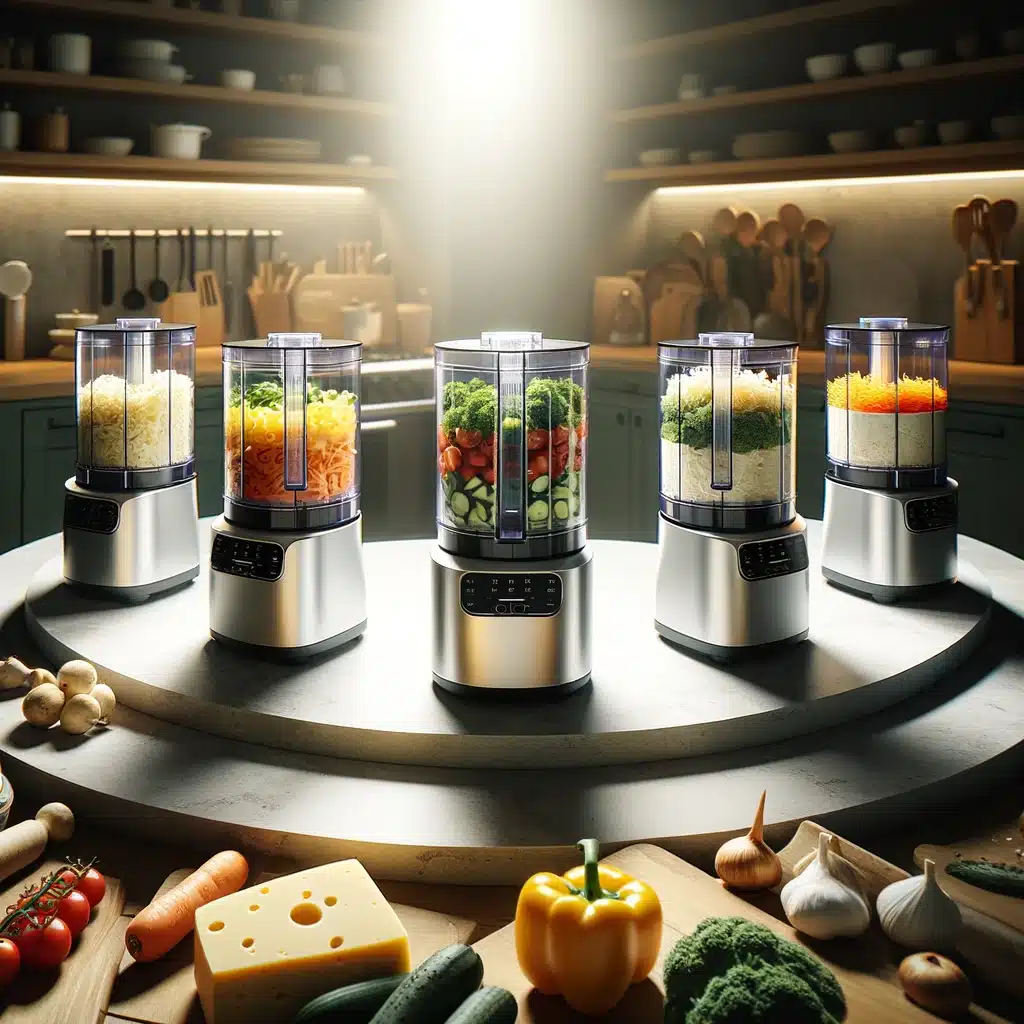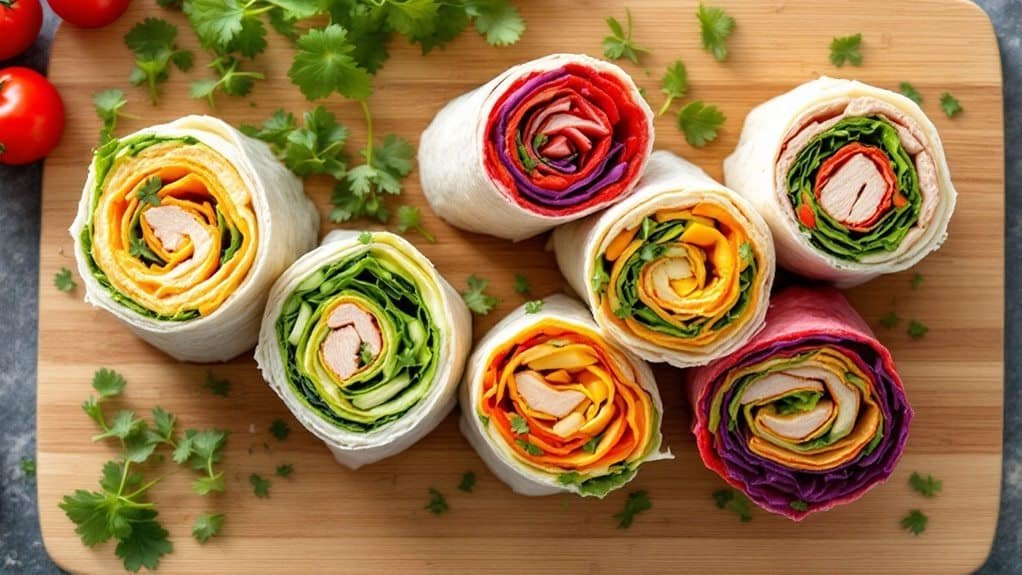Are you looking to whip up some Japanese dishes that won’t send your blood sugar soaring? You’re in luck! Japan’s cuisine is packed with diabetic-friendly options that’ll tantalize your taste buds. Think miso soup, sashimi, and yakitori – all bursting with flavor and nutrients. Swap white rice for brown or shirataki noodles, and load up on veggies like daikon and seaweed. Want to master the art of sushi-making? Try cauliflower rice for a low-carb twist. And don’t forget your chopsticks – they’re not just for show! These handy utensils can help you slow down and savor every bite. Ready to embark on a culinary adventure that’s good for your health?
Japanese Dishes Key Highlights
- Miso soup provides a nutrient-rich, low-calorie starter that aligns with blood sugar management goals.
- Sashimi offers fresh fish without rice, reducing carbohydrate intake for better glycemic control.
- Grilled miso salmon combines omega-3 fatty acids with high-quality protein, supporting stable blood sugar levels.
- Tofu salad presents a light, protein-rich option suitable for diabetics and those monitoring blood sugar.
- Shirataki noodles serve as a low-glycemic alternative to traditional noodles in Japanese cuisine.
In this Article
Growing Diabetes Rates in Japan
Japan faces significant diabetes challenges, with an 11.8% prevalence rate among adults. Notably, 40% of new diabetes cases occur in individuals with normal BMI. Traditional Japanese dishes, however, offer numerous strategies for blood sugar management.
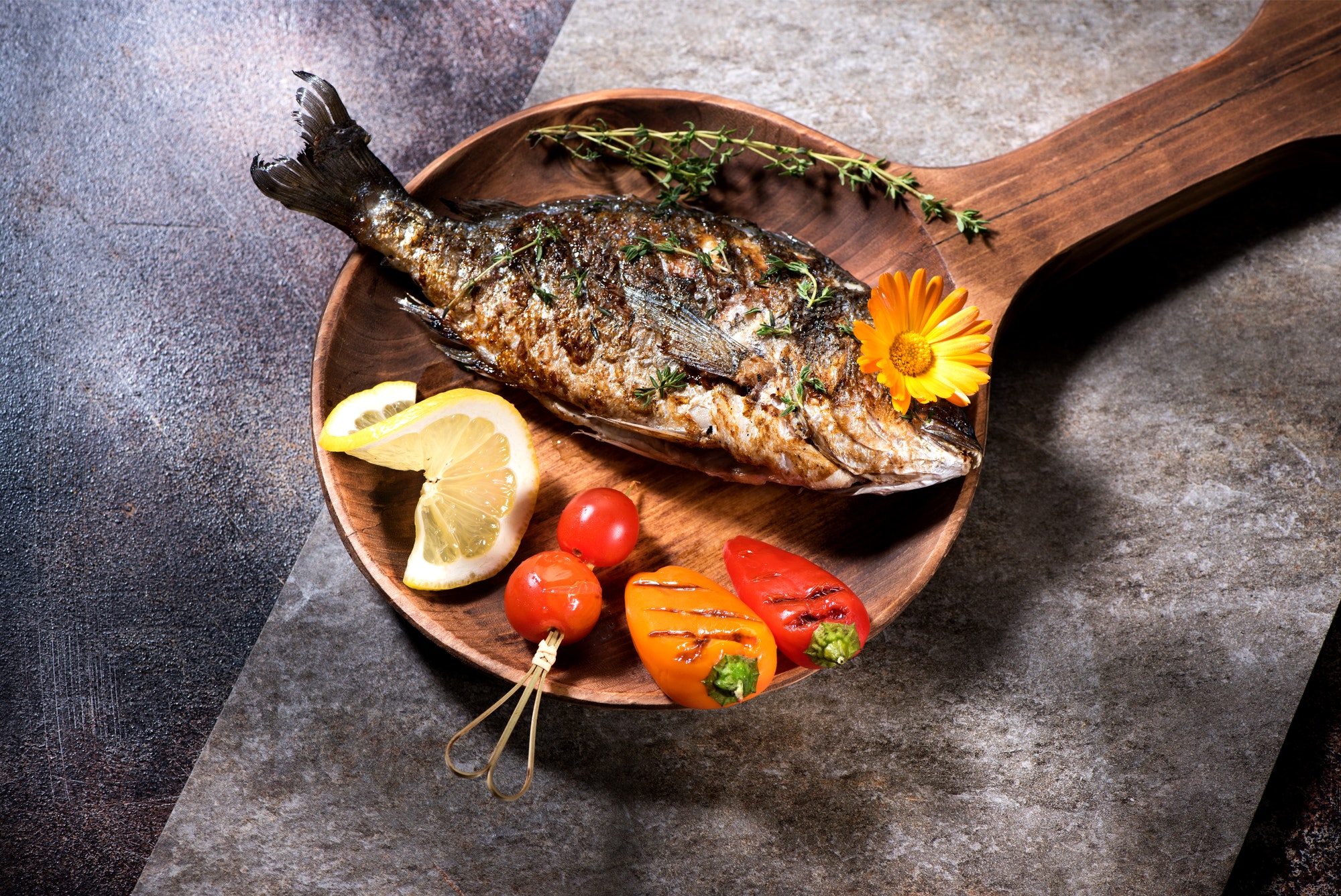
Low-Glycemic Index Ingredient Choices
Japanese cuisine provides numerous blood-sugar-friendly ingredients. Smart Carbohydrate Options
- Brown rice provides slower, steadier glucose release compared to white rice.
- Soba noodles deliver higher protein and fiber content
- Shirataki noodles offer a nearly zero-carb alternative
Protein Sources
- Grilled fish rich in omega-3 fatty acids
- Tofu and edamame for plant-based protein
- Lean meats prepared without sweet sauces
Beneficial Additions
- Fermented foods for gut health
- Seaweed for minerals and fiber
- Daikon radish and mushrooms for low-glycemic vegetables
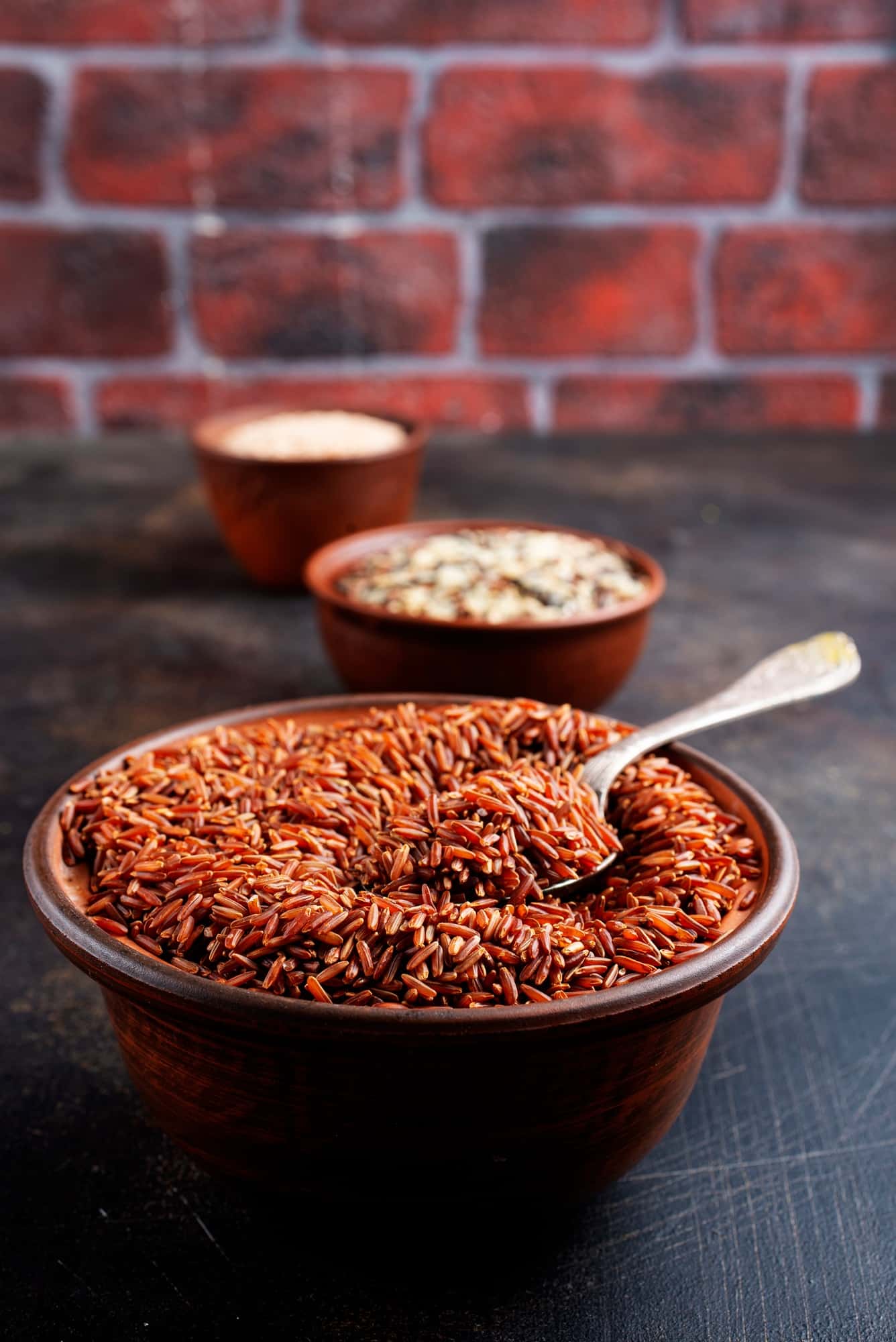
Low-Glycemic Index Ingredient Choices
In light of rising diabetes concerns, Japanese cuisine offers a wealth of low-glycemic index ingredients that can help manage blood sugar levels.
You’ll find yourself spoiled for choice when it comes to ingredient substitutes that won’t send your glucose on a rollercoaster ride.
Grilled miso salmon, rich in omega-3 fatty acids and high-quality protein, is an excellent option for stabilizing blood sugar levels and promoting heart health. Pairing it with steamed non-starchy vegetables creates a nutritious, low-carb meal.
Swap out that high-glycemic white rice for its cooler cousin, brown rice. Or better yet, why not flirt with some shirataki noodles? They’re practically carb-free!
And let’s not forget about our friend, the humble soybean. From tofu to edamame, these little green wonders are packed with protein and fiber, keeping your blood sugar as steady as a Zen master’s heartbeat.
But wait, there’s more! Seaweed, mushrooms, and daikon radish are all low on the glycemic index and high on flavor.
Who said managing diabetes couldn’t be delicious?
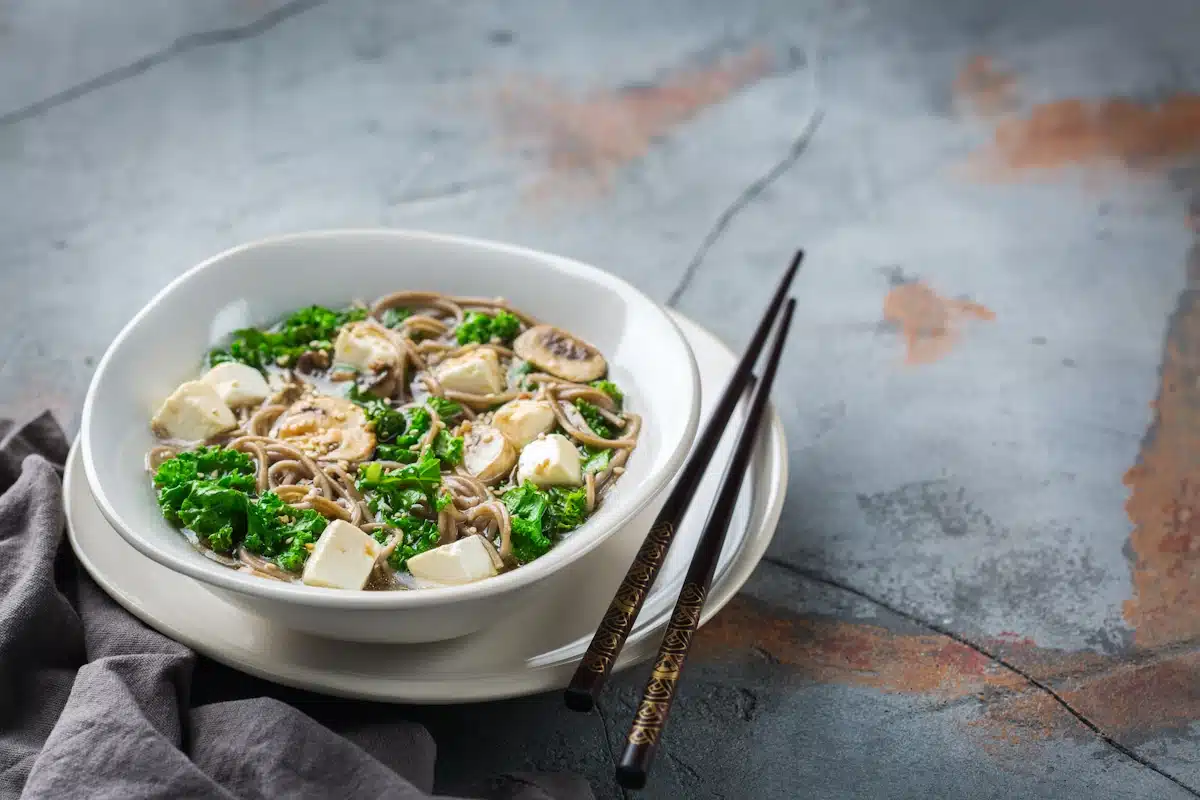
Top 5 Japanese Diabetic-Friendly Dishes
A treasure trove of diabetic-friendly Japanese dishes awaits in this cuisine.
You’ll find that these top 5 picks aren’t just good for your blood sugar—they’re downright delicious!
- Miso Soup: A warming starter rich in probiotics and nutrients
- Sashimi: Fresh fish without rice for zero-carb protein
- Grilled Proteins: Choose options without sweet sauces
- Tofu Salad: Light yet satisfying with minimal glycemic impact
- Soba Noodles: Higher in protein and fiber than regular noodles
You might be thinking, “Sushi’s off the menu?” Not so fast!
While rice can be tricky, there are ways to enjoy this Japanese staple in moderation.
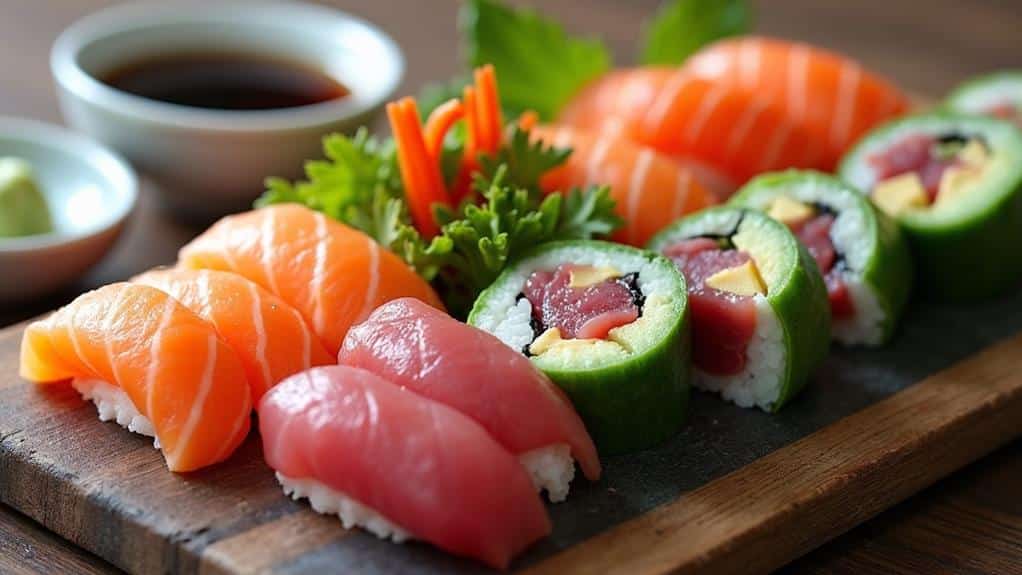
Simplified Sushi-Making Techniques
Sushi lovers with diabetes, rejoice! You don’t have to give up your favorite Japanese delicacy.
Base Alternatives
- Replace white rice with cauliflower rice
- Use brown rice in smaller portions
- Consider quinoa as a nutrient-rich option
Filling Choices
- Load up on non-starchy vegetables
- Include protein-rich options like grilled chicken or tofu
- Add avocado for healthy fats
With these simplified sushi-making techniques, you’ll be rolling like a pro in no time. Let’s plunge into the world of diabetes-friendly sushi, shall we?
First up, sushi rolling. It’s not as intimidating as it seems! Grab a bamboo mat, lay out your nori, and spread a thin layer of cauliflower rice (yes, you heard that right) for a low-carb twist.
Now, let’s talk about ingredient substitutions. Swap that sugary sushi rice for quinoa or brown rice. Load up on veggies like cucumber, avocado, and carrots.
For a protein boost, consider adding lean proteins like grilled chicken or tofu, which are also great for diabetics.
Feeling adventurous? Try using thin strips of grilled chicken or tofu instead of raw fish.
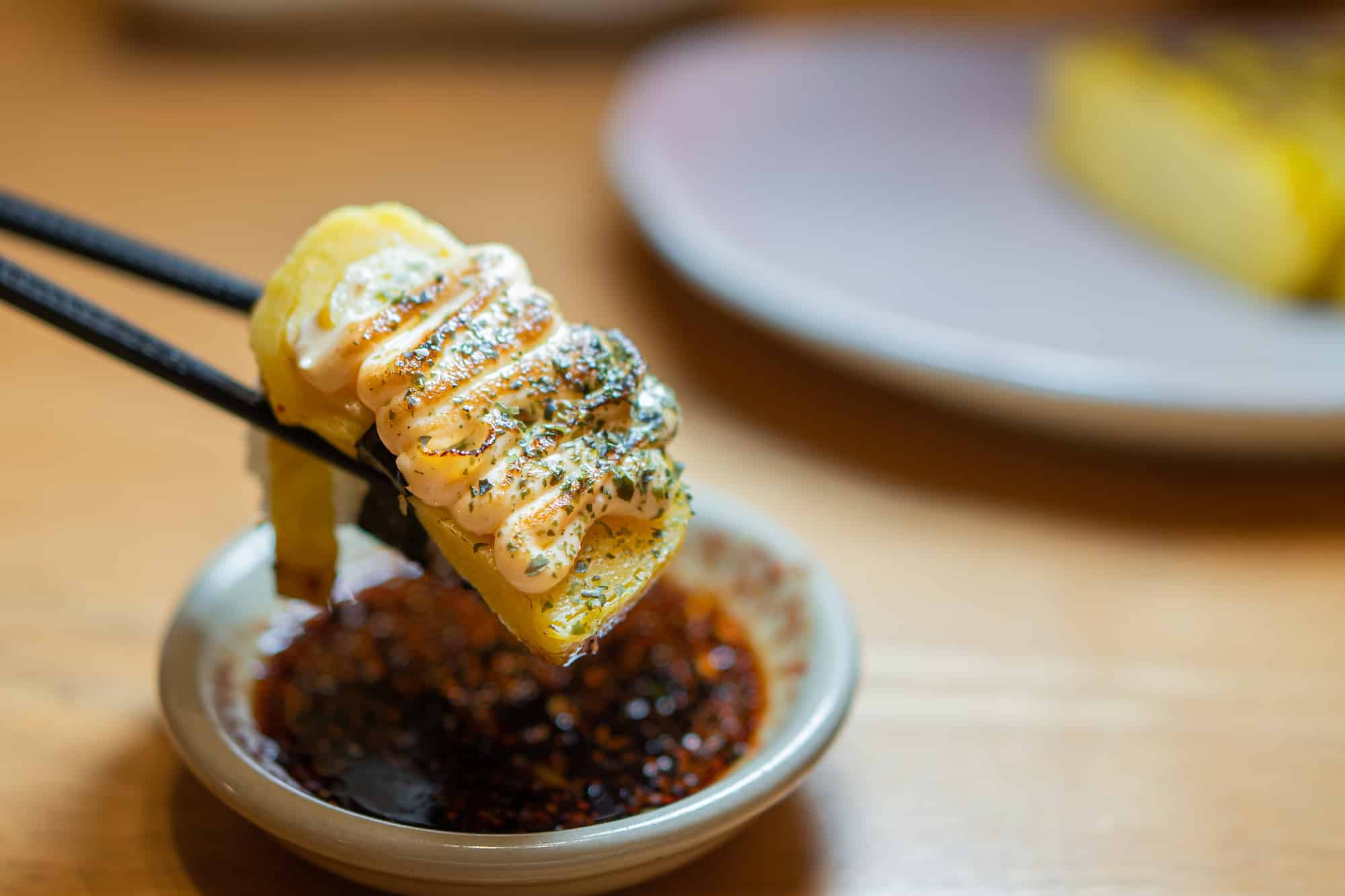
Chopstick-Handling for Portion Control
Have you ever wondered how chopsticks can help with portion control? These ancient utensils aren’t just for show – they’re your secret weapon against overeating! Mastering chopstick etiquette will naturally slow your eating pace, giving your brain time to register fullness. It’s like a built-in mindful eating technique!
Sure, forks might seem easier, but where’s the fun in that? Embrace the challenge! As you fumble with those slippery noodles, you’re not just eating – you’re on a culinary adventure.
And hey, if you drop a few morsels along the way, consider it a sacrifice to the portion control gods. Before you know it, you’ll be a chopstick ninja, effortlessly picking up single grains of rice while your fork-wielding friends watch in awe. Who said healthy eating can’t be entertaining?
Important Considerations
- Monitor Sodium: Many Japanese dishes contain significant sodium, so watch your intake.
- Blood Sugar Testing: Check levels when trying new dishes to understand their impact
- Portion Awareness: Even healthy options require portion control
- Sauce Caution: Many traditional sauces contain hidden sugars
Japanese Dishes Perfect for Blood Sugar Control Frequently Asked Questions
Can Traditional Japanese Desserts Be Adapted for Diabetic Diets?
Yes, you can adapt traditional Japanese desserts for diabetic diets. Try modifying mochi with diabetes-friendly sweeteners like stevia or monk fruit. You’ll still enjoy the flavors and textures you love while keeping your blood sugar in check.
Are There Specific Cooking Techniques That Help Maintain Low Blood Sugar Levels?
Steaming vegetables and simmering broths are effective techniques for maintaining low blood sugar. They preserve nutrients and flavors without added fats or sugars. Embrace these methods to take control of your health and dietary freedom.
How Does Japanese Cuisine Compare to Other Asian Diets for Diabetes Management?
You’ll find that Japanese dishes often use less sugar and oil than other Asian dishes. It’s rich in blood sugar-friendly ingredients like seaweed, green tea, and fermented foods. This makes it an excellent choice for managing diabetes without feeling restricted.
What Role Do Fermented Foods Play in Japanese Diabetic-Friendly Recipes?
You’ll find fermented foods play a key role in Japanese diabetic-friendly recipes. They’re packed with probiotic benefits that can help you manage blood sugar.
Are There Any Japanese Herbs or Spices That Aid in Blood Sugar Control?
Japanese herbs can help tame your blood sugar like a gentle breeze cooling your worries. You’ll find shiso’s benefits in stabilizing glucose levels, while matcha’s effects include boosting metabolism. Embrace these natural allies for your health and freedom.
Conclusion
Japanese cuisine offers numerous options for diabetes management when approached mindfully. Focus on lean proteins, non-starchy vegetables, and appropriate portions. With these modifications, you can enjoy the rich flavors of Japanese cooking while maintaining stable blood sugar levels. Remember to consult with healthcare providers about incorporating new foods into your diet and monitor your blood glucose response to different dishes.








